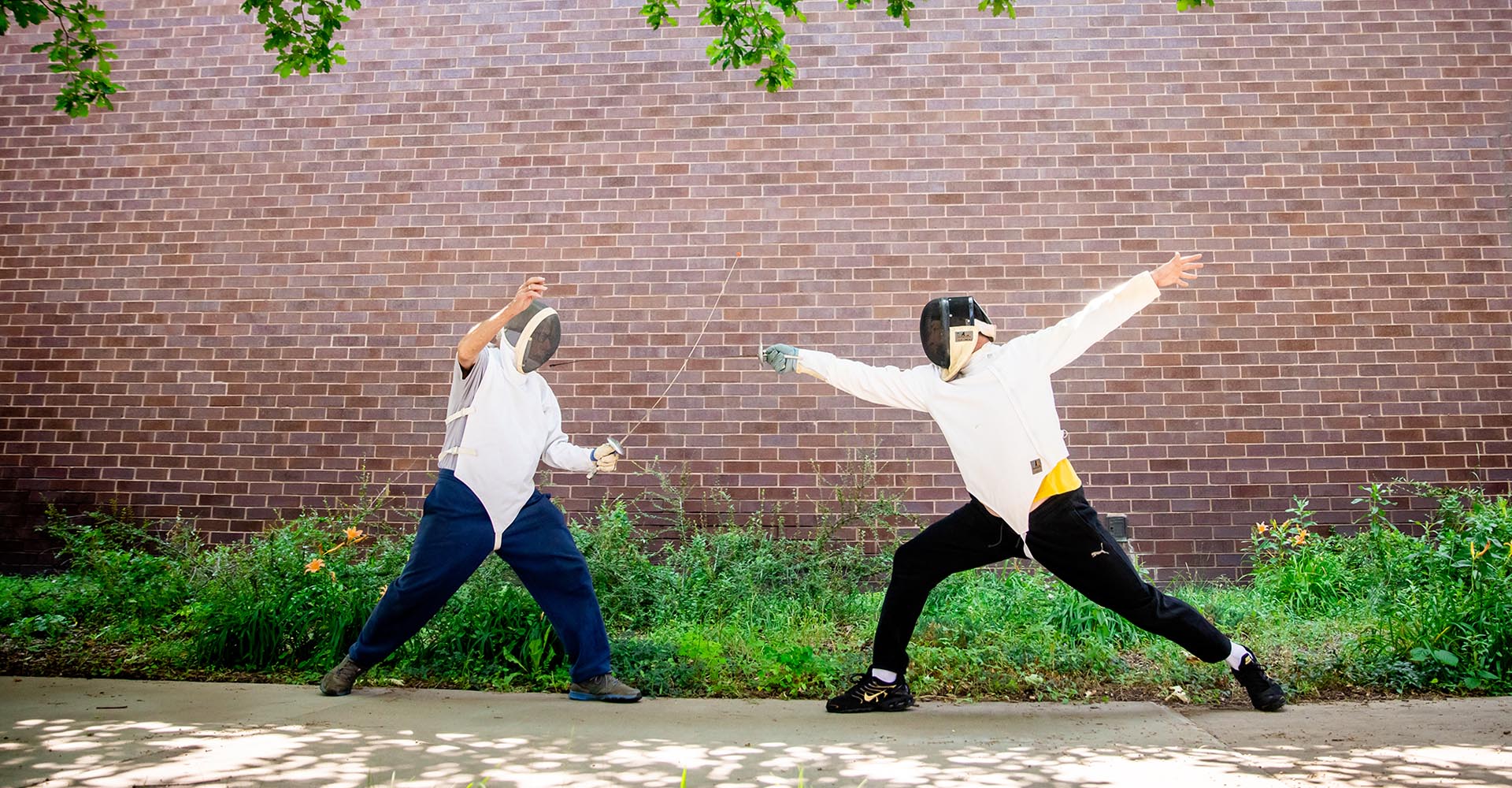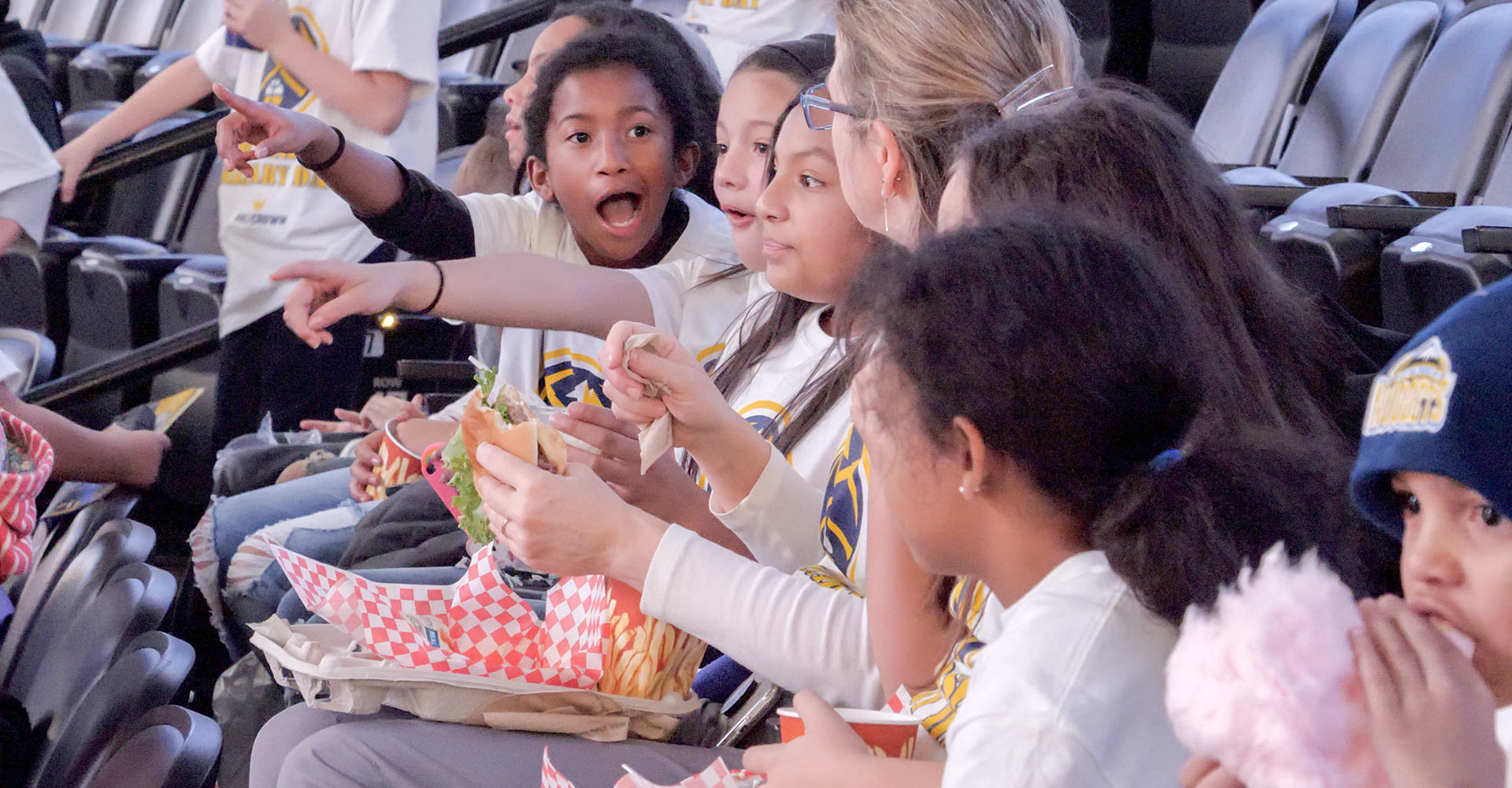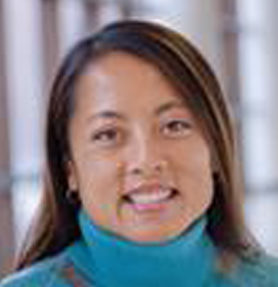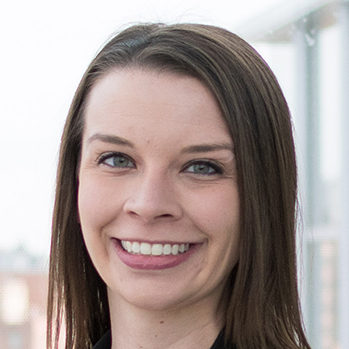VIDEO: Set for success
MSU Denver celebrates 50 years of volleyball and the groundbreaking women who made the program among the most successful in the country.
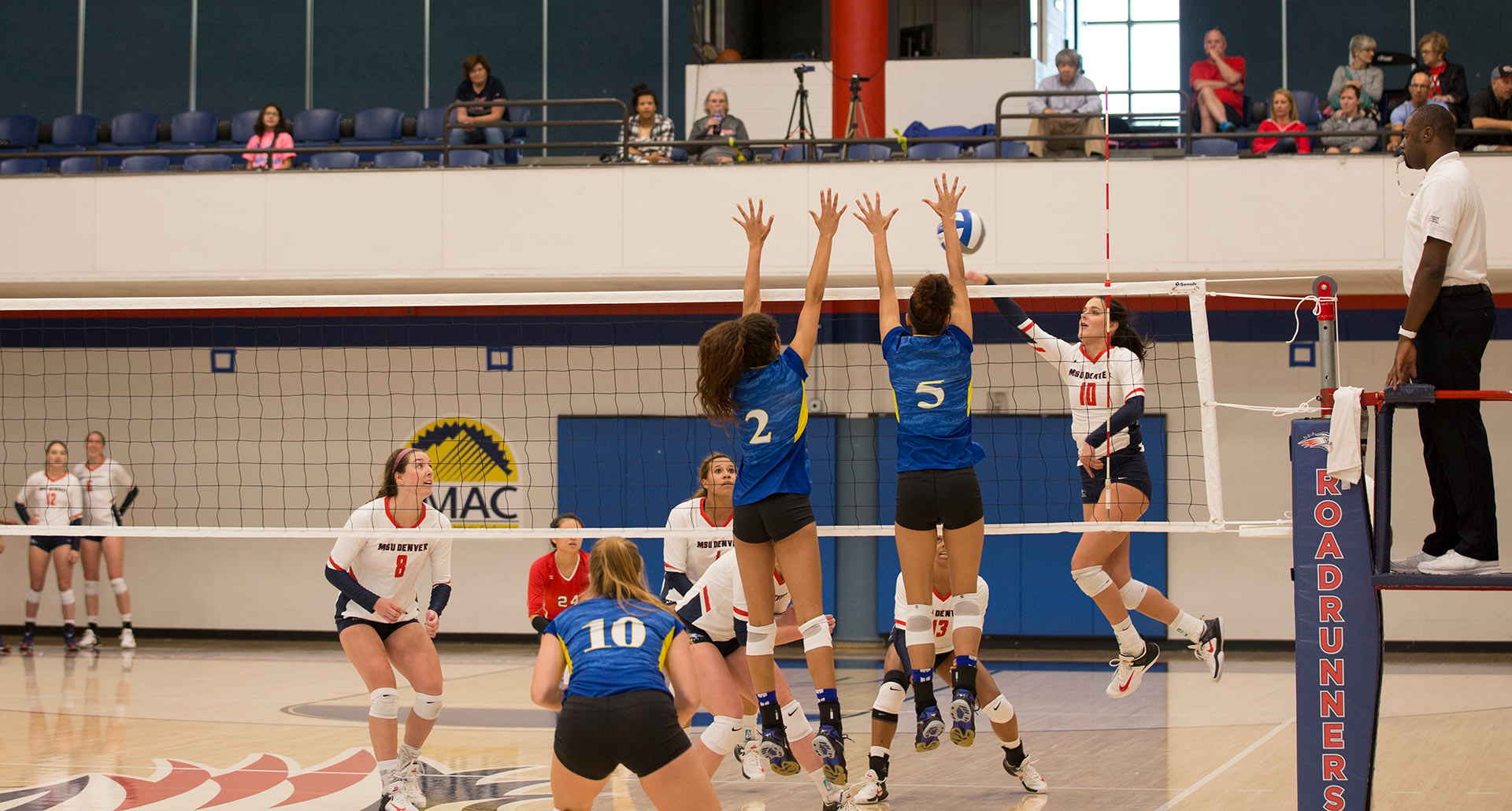

There wasn’t any fanfare when the Metropolitan State University of Denver volleyball program began.
The school, then known as Metropolitan State College of Denver, was looking for physical-education instructors and hired Pat Johnson as an assistant professor. And it was starting a women’s sports program, so would she also like to coach volleyball? Sure.
So in fall 1968, Johnson began building what would eventually become one of the most consistently successful NCAA Division II programs in the country. Over the next decade, she would help build that program’s foundation.
Set for success: 50 years of volleyball at MSU Denver from MSU Denver on Vimeo.
Johnson may not have thought too much about the future legacy of the program in 1968, because she had some recruiting to do. And that started with the classes she was teaching.
“I started first with the women who were physical-education majors because they were more likely to be interested in sports,” Johnson said. “The other way we got our players was walking around, looking for people who were tall.
“Those first couple of years, if anybody looked like they could run or hit or pass the volleyball, we said, ‘Come join us.’”
There wasn’t an on-campus facility then – there wasn’t a campus.
“We would try out for just about every sport they had, and we would usually make the team,” said Shirley Lee O’Connell, a member of the first four teams and one of seven players on the first squad. “At that time, I would say that hardly anybody really knew that we had a team. When Metro started (in 1965), it was mostly people who had jobs or were married or were just coming back from Vietnam.”
Practices and many of the matches were played downtown at the YWCA building at 16th and Tremont. The building was torn down in 1981.
Lee O’Connell said that in the early years, the routine included going to classes at various locations downtown and spending downtime at the physical-education offices before heading to practice at the YWCA.
“It was upstairs, and it was nice,” she said. “We would set up the volleyball net, and we probably had 3 feet (extra) on the side of the floor before the wall. It might have been more, but it felt like that.”
Parking for home matches sometimes was difficult. Players carpooled to away matches. Sometimes in those early years, matches were played at local high schools.
Uniforms were uncomplicated.
“We wore our same uniforms of navy-blue shorts and light-blue top that we wore in P.E. class,” O’Connell Lee said.

Overall won-lost records from those early years were kept by some schools, but practically no one kept track of whom those matches were against. Johnson’s records are as good as any: Metro State was 2-3 that first year and had its first winning season in 1970 at 6-3.
“We didn’t keep records,” said Johnson, who also coached softball for eight seasons and spent time coaching basketball, track, field hockey and skiing. “I have the best records of anybody because I kept stuff. And when you’re supposed to be teaching and writing tests and being a single parent, you lose some stuff.”
In those early years, the team would often play – and struggle – against older women in local recreational leagues.
Times were changing, though, and the passage of Title IX in 1972 began creating more opportunities for female athletes. MSU Denver offered its first athletic scholarship for a woman in 1973. It went to volleyball player Karen Loucks.
The Roadrunners joined the Association for Intercollegiate Athletics for Women, the forerunner to the NCAA for women’s athletics, in 1975 and continued to improve. They posted records of 18-9 in 1975, 23-6 in 1976 (the first year of the Auraria Event Center) and 23-7 in 1977, when the Roadrunners were the Intermountain Athletic Conference champions and finished ninth in their first AIAW national tournament.
“They kept improving every year,” Johnson said. “The first few years were fairly difficult, but they did keep improving.”
There would have been no way to predict what the program would turn into in 1968. The rise in stature of women’s intercollegiate athletics, not to mention the proliferation of youth and club sports, would have seemed unfathomable.
Johnson continued to build her program with almost exclusively local players.
“This was a pretty good area – the Denver area and surrounding suburbs had a pretty good level of volleyball – so it was pretty easy to recruit locally,” she said.
Johnson still regularly attends MSU Denver matches, but she said she’s never really reflected on her part of setting the program on its present course.
“I’m just glad it’s going somewhere,” she said. “It’s not a matter of who was responsible; it’s more that everybody was involved. It’s a product of what they have all done.”
For the full five-part series on the history of MSU Denver volleyball, including separate stories for each of the five decades of the program’s history, see the volleyball archives.

